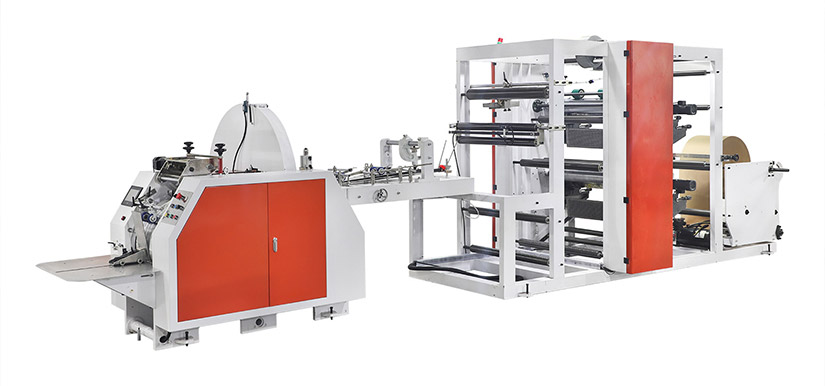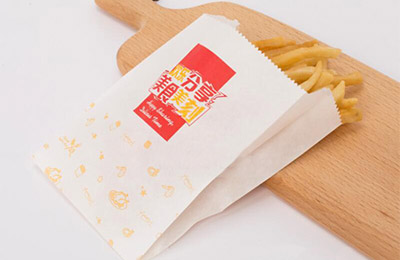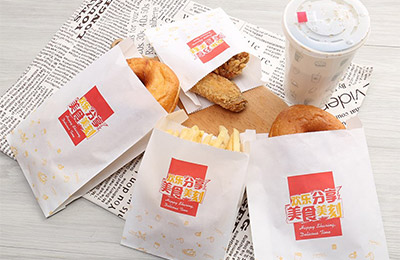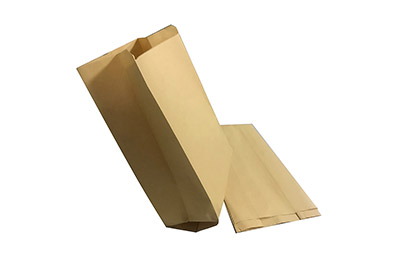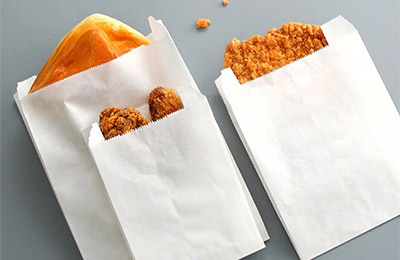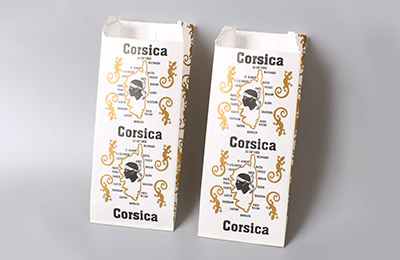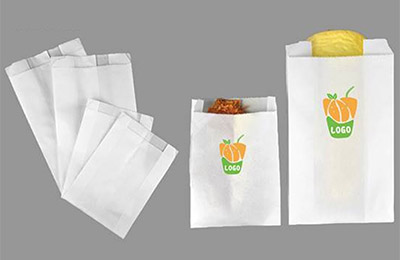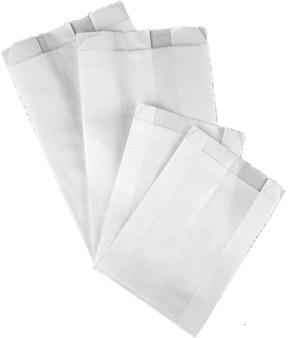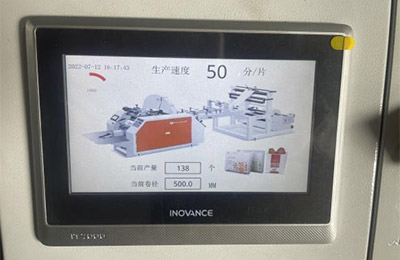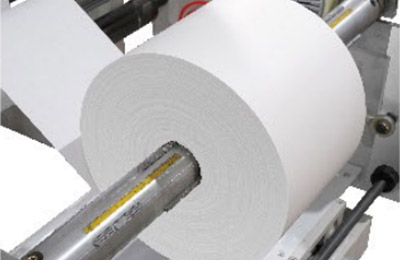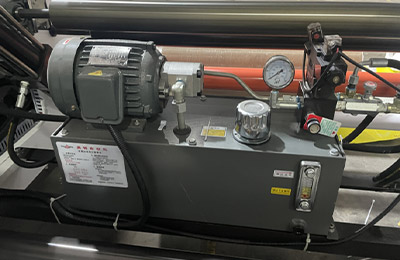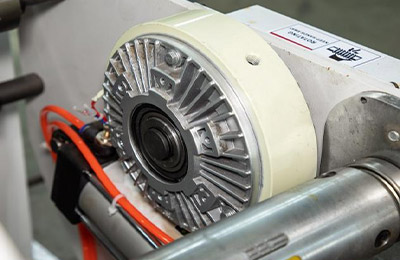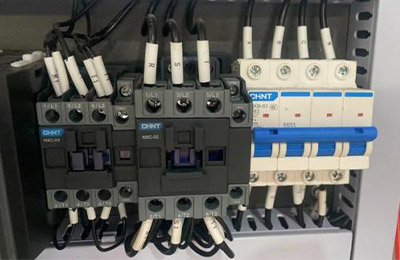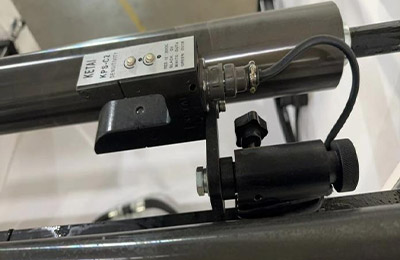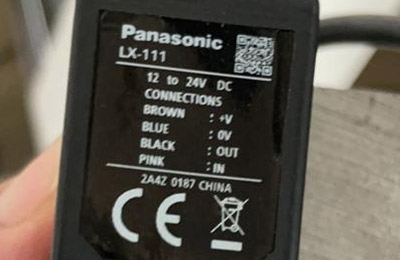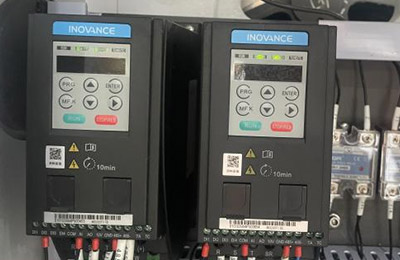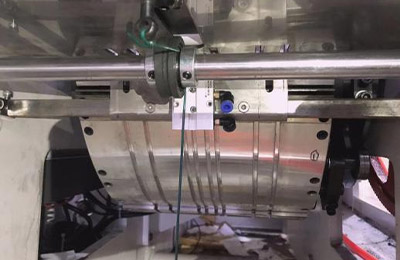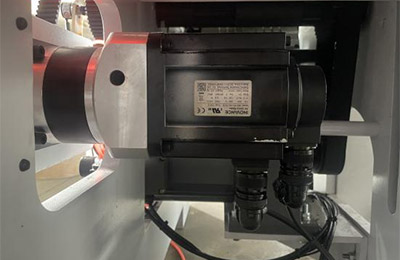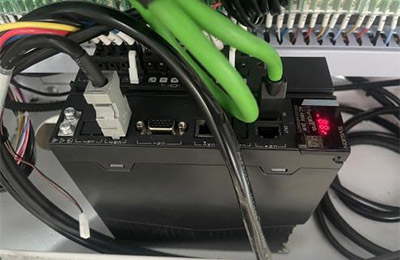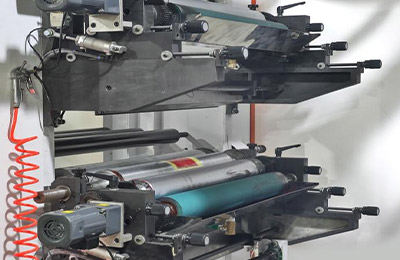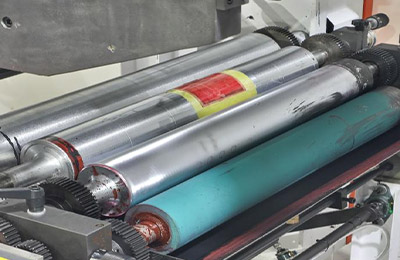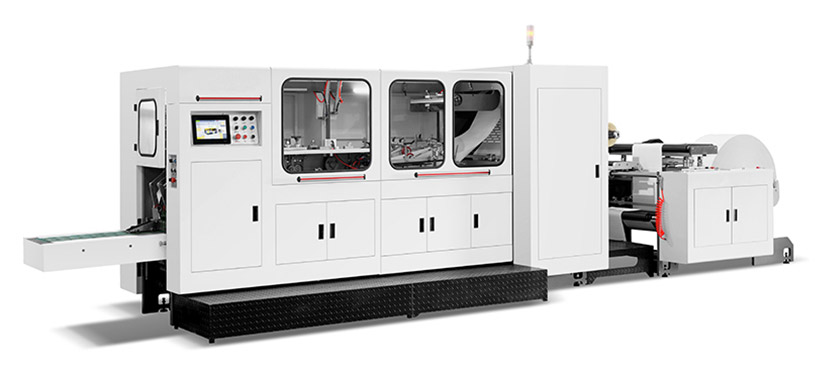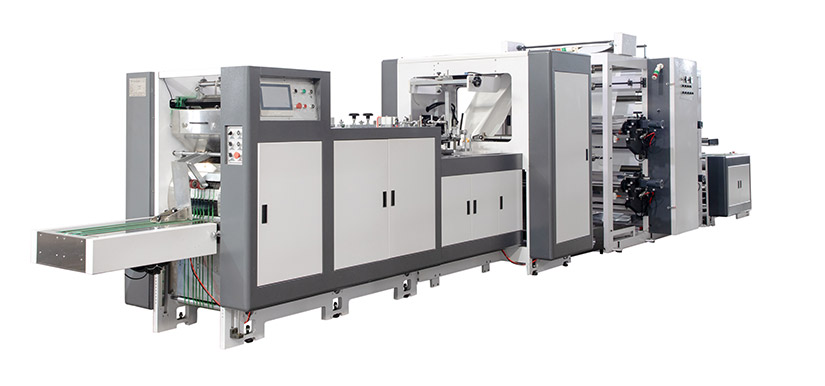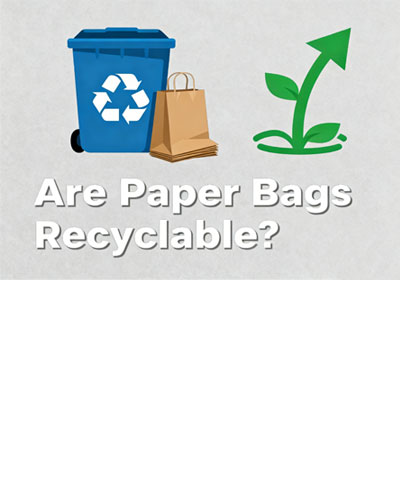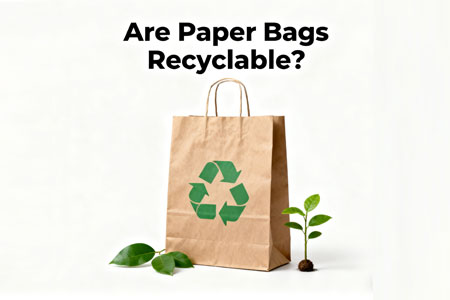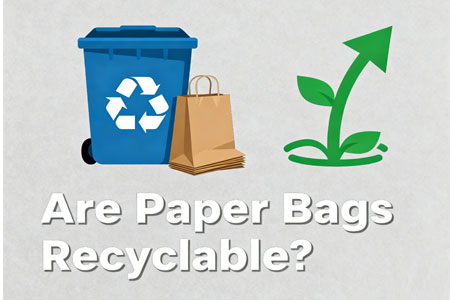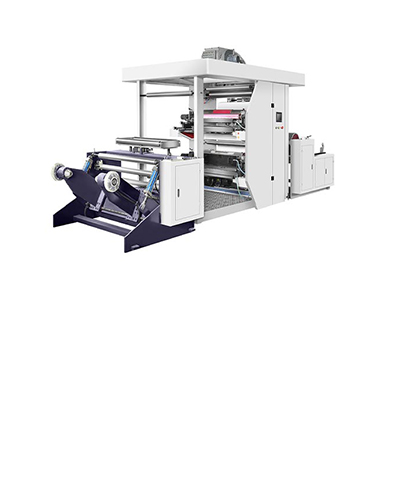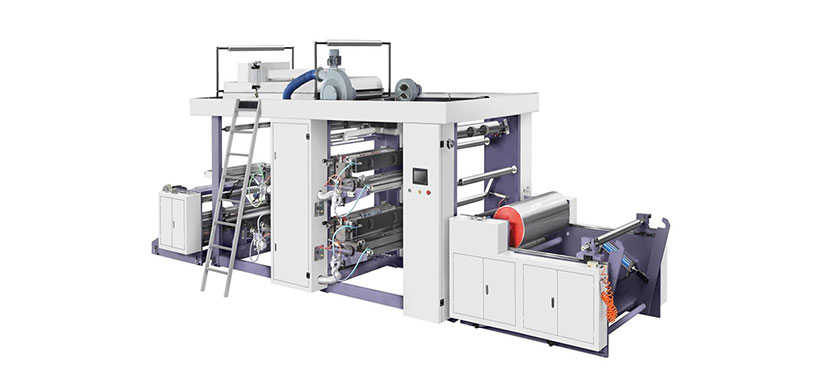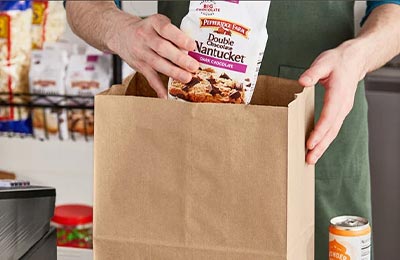XKJD-400 Adjustable Roll Feeding Common V Bottom Paper Bag Machine With Tracking + 2 Colors Printing Online combines multiple functions, adopts PLC control system and photoelectric detection device, and automates production to ensure high quality and high efficiency of paper bag production.
Paper Bag Machine Product Introduction
Adjustable Roll Feeding Common V Bottom Paper Bag Machine With Tracking is used for primary color paper or printed web paper. It is used to make paper bags with pointed bottom at one time.
Adjustable Roll Feeding Common V Bottom Paper Bag Machine With Tracking can be used in various paper bags with high speed and efficiency. It is an ideal equipment for paper bag production.
Adjustable Roll Feeding Common V Bottom Paper Bag Machine With Tracking is composed of drum feeding (hydraulic feeding, automatic deviation correction, tension adjustment), side gluing,printing paper electric eye tracking,
base paper into cylinder, fixed-length drawing cutting, bag bottom indentation opening, bag bottom gluing forming, bag out finishing and so on.
The whole machine is controlled centrally by PLC touch screen and servo motor controls the length of paper bag.
Paper Bag Machine Features
Adjustable Roll Feeding Common V Bottom Paper Bag Machine With Tracking is our new design food paper bag making machine, which used for KFC, Mcdonald's like chips, bakery and so on.
Automatic constant tension control for unwinding, Servo Motor system, motor for material feeding with inverter.
Main motor with inverter.
When there is no material, the machine automatically stops.
Open roller gluing forming system.
Side lay working table, easy operation.
Printing Machine Product Introduction
2 Colors Printing Online is a printing machine using photosensitive resin soft plate as the plate material, commonly known as "flexographic printing machine". It is suitable for printing on roll paper, non-woven fabric, polyethylene, polypropylene plastic bags, and other packaging materials. It is an ideal printing equipment for food paper packaging, supermarket handbags, vest bags, clothing bags, etc.
Printing Machine Features
Easy operation, soft start, accurate color registration.
The meter counter can set the printing quantity according to the requirements, and it will automatically stop when the number is reached, and it will stop automatically when the material is cut.
Manually raise and lower the printing plate cylinder, and the ink will be stirred automatically after lifting.
The anilox cylinder transfers ink, and the ink color is even.
Reliable drying system, coordinated with high-speed operation, will automatically cut off when the machine stops.
6.360-degree continuously adjustable longitudinal register device.
Variable frequency motor speed regulation, adapt to different printing speeds.
Jog and stop buttons are installed on the plate roller base and the receiving rack to facilitate the operation of the machine during plate loading.

